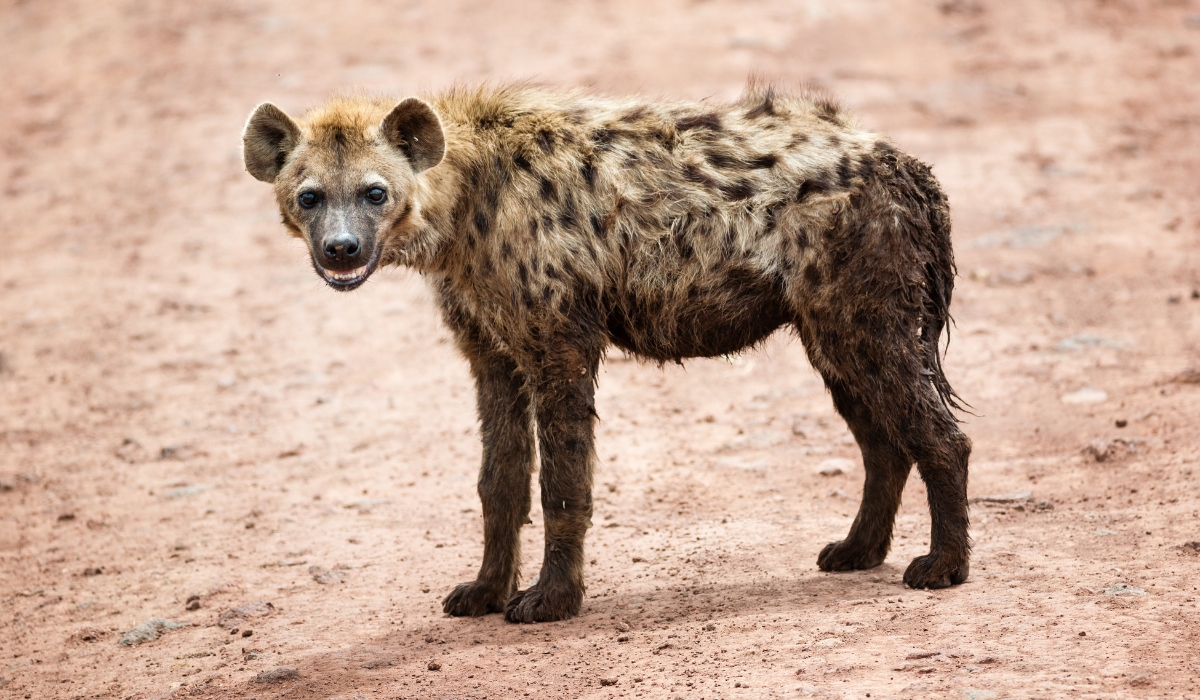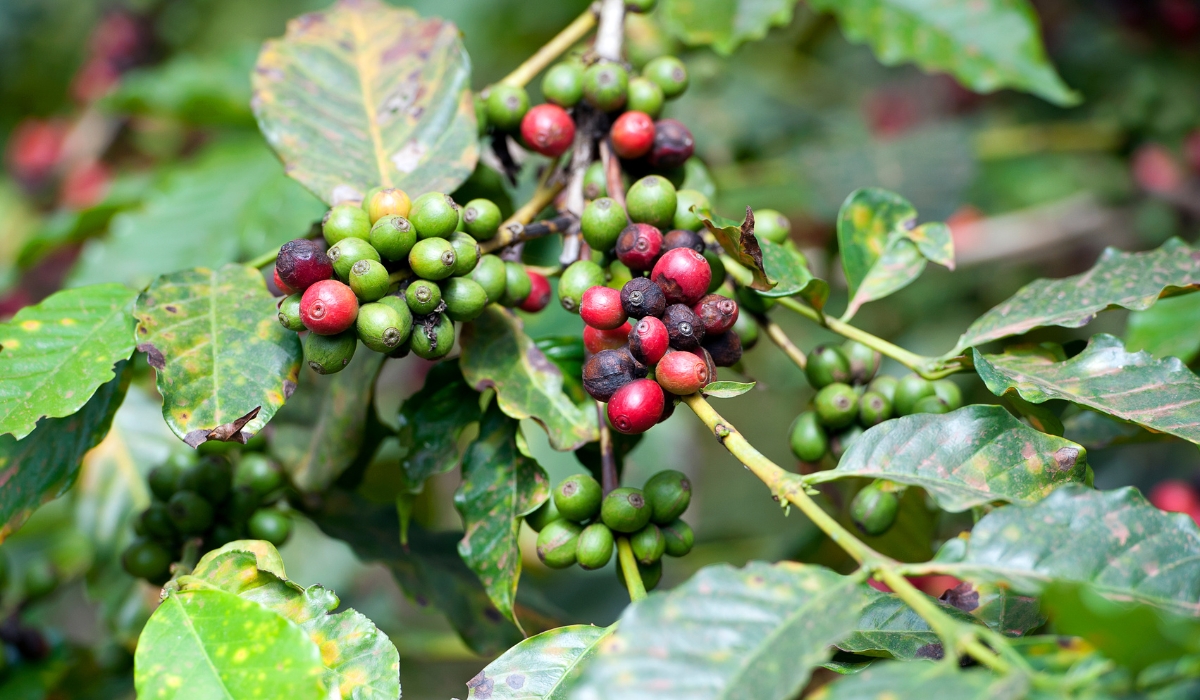Beyond the big names of Ngorongoro and the Serengeti, Tarangire and Arusha offer two distinct sides of northern Tanzania. One a peaceful haven of elephants and baobabs; the other, a lively city pulsing with culture and creativity.
Tanzania’s northern safari circuit is known for its blockbuster names (Serengeti, Ngorongoro, Kilimanjaro) but in between these giants lie lesser-known gems that offer depth, contrast, and a more personal kind of travel. Two of the best are Tarangire National Park, a wildlife haven rich in elephants and baobabs, and Arusha, the energetic gateway city where safari life intersects with urban culture and community creativity.
Tarangire National Park: Elephants, baobabs, and seasonal migration
Often overlooked in favor of its more famous neighbors, Tarangire National Park is one of Tanzania’s best-kept safari secrets. Located about two hours southwest of Arusha, the park covers roughly 1,100 square miles of rolling hills, acacia woodlands, river valleys, and sweeping savannas dotted with monumental baobab trees.
Tarangire is named for the Tarangire River, a year-round water source that becomes an animal magnet during the dry season (June to October). As the surrounding countryside dries out, thousands of animals, including elephants, buffalo, wildebeest, and zebras, move into the park in search of water, creating a mini-migration that rivals better-known spectacles elsewhere in Africa.
Dry-season drama
Section Type: standardWidthImageS
You may not notice cheetahs camouflaged in the grass, but you'd be impressed with a safari guide's eyes.
The dry season is Tarangire’s time to shine. Wildlife gathers in dramatic numbers, particularly elephants, which can be seen in large herds of up to 300 individuals, dust-bathing, feeding, or cooling off in the river. The park is often described as having the highest elephant concentration in northern Tanzania.
Predators follow close behind. Lions are commonly seen lounging in the shade or stalking prey across the plains. Cheetahs, leopards, and spotted hyenas also roam the park, along with smaller carnivores like jackals and servals. The landscape, with its ochre-colored dust, ancient baobabs, and dry grasses, provides a striking setting for game drives and photography.
Section Type: standardWidthImageS
Keep an eye out for mischievous hyenas on your game drive.

Birdwatchers are also in for a treat: over 500 bird species have been recorded here, including yellow-collared lovebirds, lilac-breasted rollers, and the charismatic northern white-crowned shrike. Wet season (November to April) brings a lush transformation to the landscape and an influx of migratory birds.
Beyond the big game
While game drives are the main draw, Tarangire also offers unique safari experiences not always available in more heavily visited parks. Some lodges and camps on private land near the park offer walking safaris, allowing guests to explore on foot and get closer to the smaller wonders of the bush: tracks, insects, medicinal plants, and the stories behind them.
Night drives are also possible in select areas outside the park, offering a glimpse into the lives of nocturnal animals like bush babies, genets, civets, and owls.
For travelers looking to avoid crowds and embrace a slower, more immersive wildlife experience, Tarangire is an ideal choice. Many visitors comment on the peace of the park: fewer vehicles, more time with sightings, and a landscape that feels both wild and timeless.
Arusha: Gateway, city, and culture hub
Section Type: standardWidthImageS
Mount Meru looms over Arusha.
After the stillness of Tarangire, Arusha feels like a jolt of life. Located at the base of Mount Meru, with views of Kilimanjaro on clear days, Arusha is Tanzania’s safari capital. Most travelers pass through the city on their way to the bush, but those who pause will find a place filled with color, creativity, and character.
Arusha is a city in motion: motorbikes buzz through alleys, street vendors balance mangoes on their heads, and the call to prayer floats over busy roundabouts. But beneath the surface bustle is a growing network of artists, entrepreneurs, and conservationists shaping the city’s future.
Things to do
A visit to Shanga, a social enterprise that employs people with disabilities to make glassware, textiles, and jewelry, is a great introduction to this spirit. Set on the grounds of the Arusha Coffee Lodge, the project offers tours, workshops, and a chance to meet the makers behind the crafts.
The Cultural Heritage Center is another highlight: part art gallery, part museum, and part shopping haven for Tanzanian crafts, carvings, and beadwork. Meanwhile, local markets like Maasai Market give visitors the chance to buy directly from artisans and learn the stories behind the goods.
Section Type: standardWidthImageS
If you’re a coffee person and have extra time in Arusha, we recommend checking out one of their coffee plantations!

For a taste of Arusha’s culinary scene, stop at a rooftop café for coffee grown in the nearby highlands, or grab a plate of nyama choma (grilled meat) and ugali at a roadside joint. Food tours and cooking classes are increasingly popular for those who want to dive into local flavors.
Thanks to its altitude and location, Arusha also offers outdoor escapes. Hikes on Mount Meru or through Arusha National Park (home to giraffes, flamingos, and forest waterfalls) are a great way to stretch your legs between long drives. Canoeing on Lake Duluti or biking through nearby villages adds another layer to the experience.
Section Type: backgroundOnly
See them for yourself
Tarangire and Arusha may not always top the travel brochures, but together they offer one of northern Tanzania’s most rewarding combinations.
Section Type: cta
You can experience them for yourself with SA Expeditions. First check out some of our sample itineraries – then speak to a Destination Expert about designing yours.


Copyright © 2026 SA Luxury Expeditions LLC, All rights reserved | 95 Third Street, 2nd floor, San Francisco, CA, 94103 | 415-549-8049
California Registered Seller of Travel - CST 2115890-50. Registration as a seller of travel does not constitute approval by the state of California.










